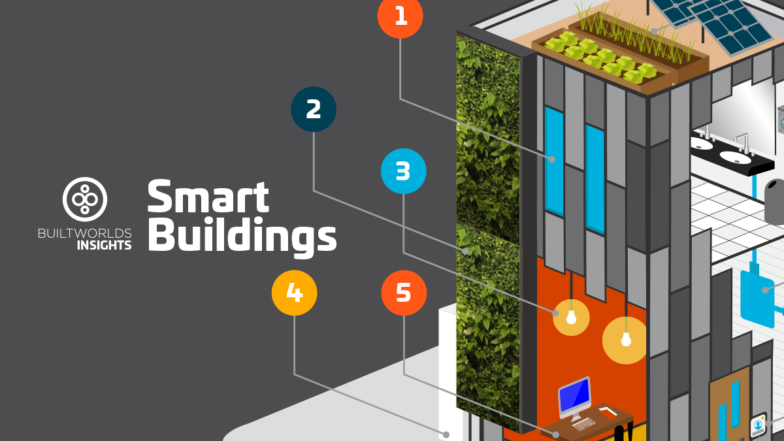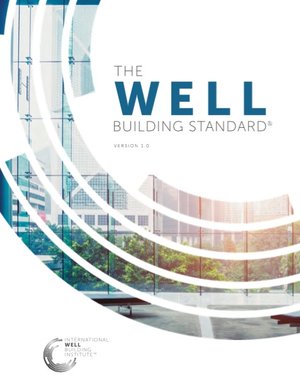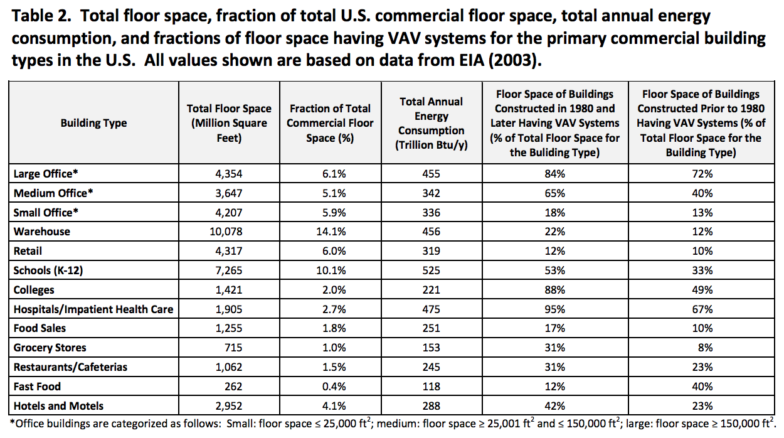Joseph Aamidor, Senior Product Management Consultant and Managing Director of Aamidor Consulting is a BuiltWorlds contributor.
 We invite experts and thought leaders to share their knowledge on topics related to innovation in the built environment. Information on each contributor can be found at the bottom of each article. Learn more about our contributor program here.
We invite experts and thought leaders to share their knowledge on topics related to innovation in the built environment. Information on each contributor can be found at the bottom of each article. Learn more about our contributor program here.
Innovative technology is permeating the real estate space — from construction to existing building operations and maintenance. But it can be easy to forget that the technology is simply an enabler.
Most real estate firms are not buying enterprise software and IoT solutions simply because they want to have the most advanced technology. There are real business reasons for these procurements.

In fact, one of the most compelling reasons to invest in building technology is to keep occupants comfortable, and investing in value-add features in offices is becoming more important than in the past.
Why? Offices are becoming core differentiators to many businesses to attract the best talent (see number 4, here, according to Inc.). High profile headquarters offices under construction for many firms, including Apple, Bloomberg, and Amazon are examples of this trend.
As a value proposition, though, occupant comfort is a challenging case to make. All building owners and operators want to have a comfortable space to enable their workers to be productive. However, it is hard to clearly quantify the financial benefit of an incrementally more comfortable building.
Making the financial case

And what would — or should — a building owner/operator pay to make a larger share of employees comfortable for more of their time in the office? Even if 80 percent of the occupants report being comfortable instead of just 70 percent, how does actually change how the organization performs and produces? Can it even be quantified?
To compare, energy savings within buildings might not be the most compelling value proposition, but it is easier to quantify.
In many cases, energy costs are significant but just a fraction of the total organizational operating costs. JLL has written about this (see their discussion of what they call the “3-30-300”) and I have written about the difficulties of the energy information system (EIS) value proposition, too. However, it is fairly simple to quantify the energy savings from information software and technology.
3 things to know before investing in thermal technology for your occupants
For real estate stakeholders that are looking at solutions to improve the thermal comfort in the spaces, here are three things to know about this opportunity.
1. Temperature does impact on worker productivity
Although it’s hard to directly quantify the productivity and wellness benefits of specific temperature changes in a particular building, there is research about the general impact that temperature and comfort has on occupants.
The World Green Building Council (WGBC) found that there is a 6 percent fall in staff performance when offices are too hot, and 4 percent when too cold. Moreover, Berkeley National Lab reviewed a few dozen studies on thermal comfort and productivity, finding that the papers show consistently that temperature does impact workplace performance. The researchers at Berkeley Lab were able to find studies that measured productivity using repetitive jobs, such as call centers. Additionally, studies cited by Berkeley Lab do indicate that the “right temperature” will vary based on factors such as type of work and climate. The researchers also noted that a few of the studies they reviewed found that temperature did not impact work performance.
2. Temperature-driven losses in productivity are hard to quantify
Because the relationship between thermal comfort and performance does depend on climate, type of work, and other factors, the research cited above will not translate directly to every building.

Similarly, it can be difficult to identify the specific feature or reason that productivity jumps. The WGBC report profiles Saint Gobain’s new headquarters in Pennsylvania, which is LEED platinum and has a variety of wellness and occupant health features and amenities. The company saw a 97 percent increase in weekly sales-generated leads, though they have not attributed this increase to any particular feature of the advanced building.
3. Managing temperature in a flexible way is difficult
Not all buildings can adequately manage temperature preferences at a local level. In most cases, a variable air volume (VAV) system is required to condition air for a given room or space. Each VAV can be controlled independently, so one office could have 72 degree air, while the office next door with its own VAV could have 70 degree air.
That said, VAV systems are not found in all buildings, though they are seeing significant growth according to a report from Research and Markets.
 Table 2 of the Pacific Northwest National Lab report (above) notes that though 84 percent of large offices built after 1980 have VAV systems, the numbers are less for medium and small offices, at 65 and 18 percent, respectively. Buildings built prior to 1980 have lower penetration rates.
Table 2 of the Pacific Northwest National Lab report (above) notes that though 84 percent of large offices built after 1980 have VAV systems, the numbers are less for medium and small offices, at 65 and 18 percent, respectively. Buildings built prior to 1980 have lower penetration rates.
However, even with a VAV system, the system must be configured to the individual preferences of workers (or provide for feedback that enables workers to request hotter or colder temperatures). Additionally, for offices that have many remote workers or visitors, any data collected about thermal comfort on one day may vary significantly as different people occupy the space. This issue still is a top priority amongst the research community, as the Department of Energy launched the Delivering Efficient Local Thermal Amenities (DELTA) program a few years ago.
There are many technical hurdles for many real estate firms to invest in technology to improve thermal comfort for their workers, and sometimes, building owners/operators may find other ways to help their employees be more productive and satisfied in their office.
For example, Skanska, which was profiled in the WGBC report for its Northern England hub office, saw a 34 percent increase in employee overall rating of the office, although the thermal comfort rating went down 8 percent.
However, research does indicate thermal comfort’s impact on worker productivity and it’s likely that new technologies in the future will make it easier to quantify the various benefits of such solutions. It should be on a building operator’s shortlist when considering new occupant amenities, and they can be integrated into standard building management systems, instead of being a separate procurement effort.
About the Author
Joseph Aamidor is a senior product management and strategy consultant focused on smart buildings, IoT and energy. He helps startups and established industry players understand the smart buildings market, develop competitive strategy, and forge partnerships. He previously served in senior product management roles at Lucid and Johnson Controls.


Discussion
Be the first to leave a comment.
You must be a member of the BuiltWorlds community to join the discussion.